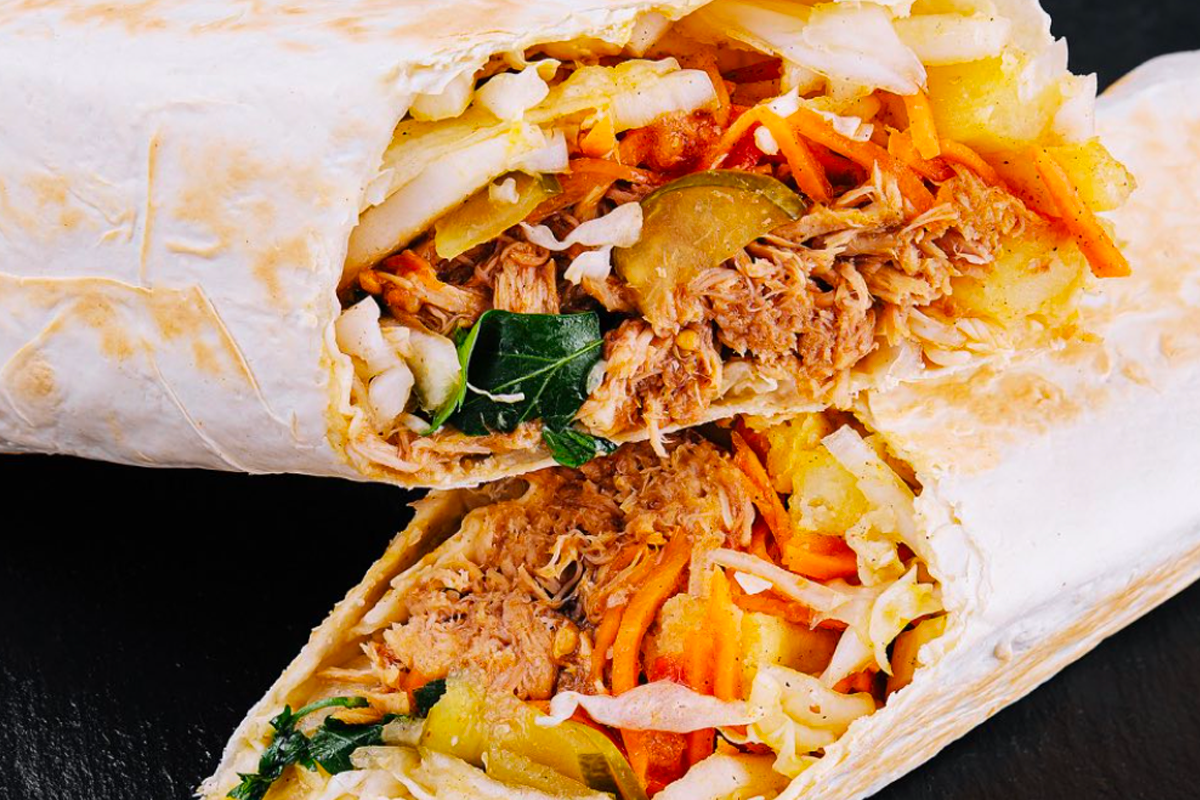Kimchi Burgers, Carbonara Croissants, and the Relentless Spirit Behind Them
On Monday nights at PiDGiN, the lights stay low, the doors open late, and the regulars know where to go. For three hours each week, Stephen Thomas Louie turns the restaurant into something different. The menu is short. The burgers are fleeting. The crowd is industry insiders. It feels like a secret, and he likes it that way…for now.
“It’s only for three hours at night,” he says with a grin. “If you know, you know.”
Stephen Louie is a chef in transition. He’s not at the end of his story, not yet. But from Fort St. John to London, from no-yell kitchens to midnight burgers, from guanciale folded into pastry to dreams of a bakery bistro, the through line is clear.
The food is inventive, but the person is what keeps it moving. And maybe that’s the point. The burgers and croissants will come and go, but the energy behind them remains constant. For those who’ve met Stephen, eaten his food, or shared a laugh in line, it feels obvious. This is someone you’ll want to keep an eye on.
Stephen grew up in Fort St. John, a world away from the alleyway glow of PiDGiN or the patisseries of Europe. Kitchens became his escape, a way to move forward. Job after job pulled him south, then overseas.
He remembers the moment it hit him. “I’m just a kid from Fort St. John now working in restaurants in London.” He was walking down Piccadilly, the weight of history around him, realizing the distance between where he started and where he’d landed. It still surprises him.
PiDGiN wasn’t just another stop. Although he wasn’t an executive chef there, just a Chef de Partie (CDP) filling shifts when needed, the kitchen taught him something that stayed.
Owners Brandon and Wes had built a culture rare in professional kitchens. “You really respect them, as human beings with history and experience, emotions and autonomy,” Stephen says. It was a no-yell kitchen, a place where cooks weren’t motivated by fear but encouraged to do their best. That sense of respect shaped the way he works now.
His burgers are built like ideas turned into dishes. He takes something classic and bends it into a patty. French onion soup became beef, comté, and cider aioli. Steak and mushrooms reappeared as duxelle with goat gouda and miso mayo.
One of his favourites wasn’t even his idea. Brandon suggested it, and Stephen ran with it. Gochujang in the meat, provolone melted on top, kimchi, and pickled daikon. “It’s just a bibimbap in a burger. Add a fried egg and it’s perfect.” The crowd agrees, it’s been a mainstay ever since.
Burgers may get the late-night attention, but croissants are the other half of his craft. Under the brand LeavenYVR, he makes pastries that start with tradition and spiral into something else. The butter croissant is there, crisp and simple. Then comes the Carbonara croissant: guanciale, pecorino, and lardons folded into dough.
It didn’t happen overnight. At first, the sliced guanciale didn’t land right, too uneven, not enough in every bite. He kept iterating. “I have to do lardons. I have to do pecorino,” he recalls. Eventually, the croissant settled into something people can’t stop talking about. One guest told him, “You should open just based on this croissant.”
The bakery has a name: Leaven. On the surface, it nods to sourdough starter, the living culture that raises bread. But it also came from an old compliment. “You actually leaven people’s spirits quite a lot,” a chef once told him. Stephen shrugs at the memory, but the double meaning stuck. Bread that rises. People who rise with it.
Right now, the burgers and croissants exist on the edges of the city; pop-ups, deliveries, and DMs. But Stephen is looking for something more permanent. A bricks-and-mortar space, a place where both sides of his cooking can live under one roof.
“It looks like a place where you don’t need to explain what it’s about. You walk in and you already know.” He imagines a bakery-bistro with 30 or 40 seats. A space where people can linger, not just eat and leave.
The dream neighbourhood isn’t about prestige. It’s about community. He wants to become part of a place’s DNA, to grow with it. He imagines kids running errands, picking up bread on their parents’ tab, learning that hospitality can be ordinary and everyday.
For now, it isn’t easy. Without a storefront, the croissants are delivered by hand. They can’t be frozen without risking quality. The burgers appear only on Monday nights, limited by time and space. There’s pressure in that scarcity. He knows that not everyone can find him, or even knows to look (try here).
But the obstacles are also fuel. Each constraint forces him to create, to improvise, to keep searching for better ideas. A burger menu that feels like an existential crisis because every option is tempting. A croissant that reinvents ham and cheese with guanciale. “Once again, make new friends that used to be strangers.” That’s what he’s chasing in food, whether in a pop-up, a croissant box, or a dream bistro still to come.
For more food stories like this, check out our weekly newsletter.







